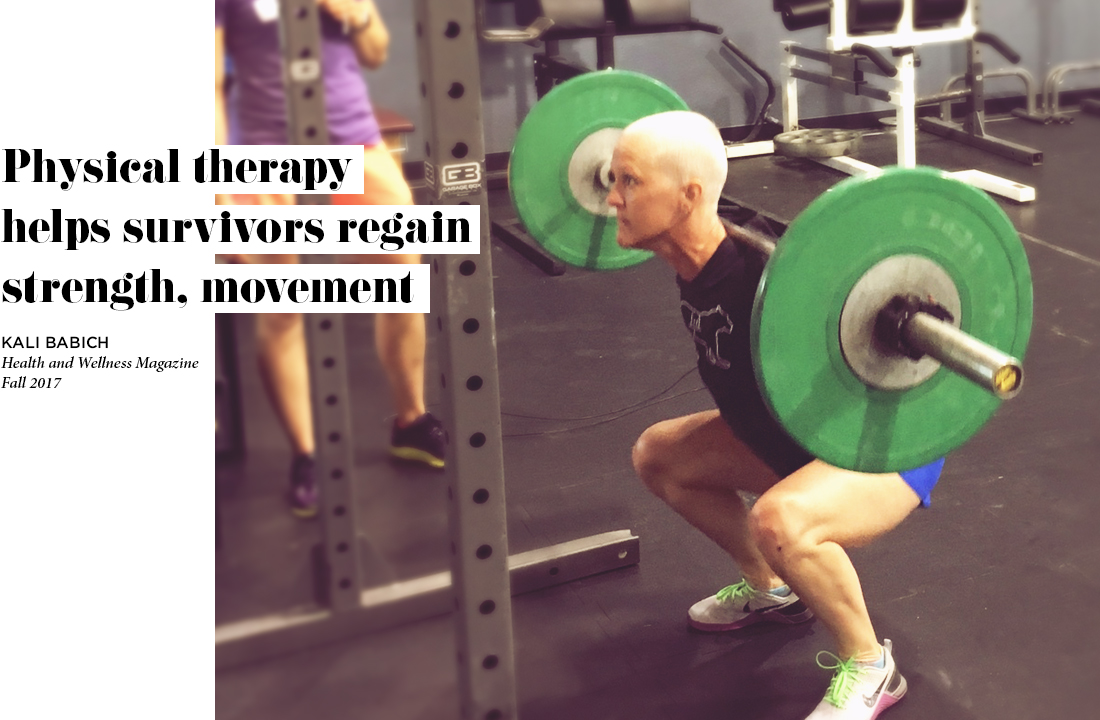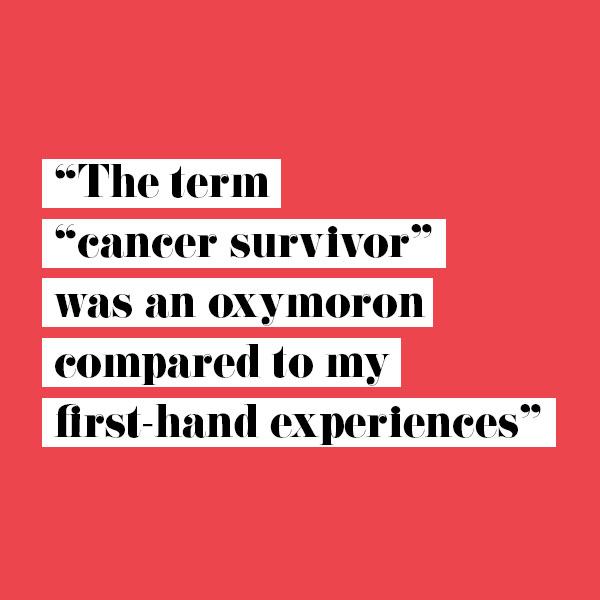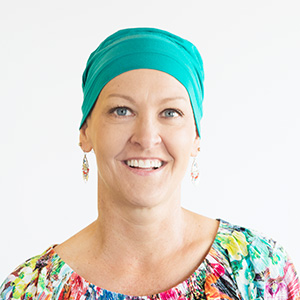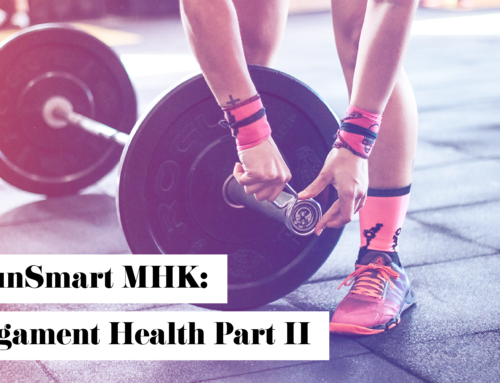
Physical Therapy Helps Survivors Regain Strength, Movement
STEPHANIE JOHNSON, Maximum Performance Physical Therapist
Until this year my experiences with cancer had ended with the loss of lives; including my father, father-in-law, and friends. The term “cancer survivor” was an oxymoron compared to my first-hand experiences. I kept cancer at a distance. I mourned losses of loved ones whose battles were bravely fought and lost. Cancer wasn’t something to be beaten.

This last year was different. I was blessed to treat survivors. I became obsessed with learning everything I could about the current research and benefits of physical therapy treatment to enhance survivorship. I used my skills as an orthopedic physical therapist and those methods of treatment used to help my patients return to their lifestyles and applied them to those undergoing cancer treatment.
For too long we have treated cancer in an isolated way. We have neglected the effects that chemotherapy and radiation have on the other systems of the body, and we have failed to offer help to cancer patients wanting to return to living once the treatments are over.
That’s where I want to help. In the fall of 2017, I became a certified oncology physical therapist. Combining my past skills and new knowledge, I hope to help people from diagnosis through treatment and into survivorship.
Most people are familiar with physical therapy and the symptoms that we commonly treat: pain, stiffness, swelling, weakness, and functional limitations. These symptoms are also very typical during the treatment of cancer. Eduation about, prevention of, and treatment for these symptoms will help cancer patients live successfully from the time of their diagnosis, and long into survivorship.
The article below featuring our own Michele Ridder appeared recently in the Manhattan Mercury’s Health and Wellness Magazine. It offers an inside look at her experience treating her breast cancer.
KALI BABICH, Health and Wellness Magazine, Fall 2017
Twenty years ago, we were just happy to survive cancer, and now people are able to work and live through the treatments and have an active life afterwards,” physical therapist Stephanie Johnson says.
Although many people think of physical therapy as a treatment for traumatic injuries, it has also been used in assisting cancer recovery. Physical therapy for any type of complication following a surgery or treatment has been helping cancer patients return to their previous level of activity.
Johnson, a physical therapist at Maximum Performance in Manhattan, says physical therapy is an educational piece for cancer patients. If patients know what to look for regarding complications after surgery or treatment, the sooner they can fix it and get back to their previous level of activity.
Physical therapy can treat almost any type of complication following surgery or treatment. Johnson says common symptoms of complications include back pain and joint stiffness that can result from surgery itself or from inactivity.
Another common symptom, particularly with breast cancer patients, is adhesive capsulitis. This condition, also know as “frozen shoulder”, makes the arm become extremely stiff — even to the point where it is impossible to move the shoulder.
Michele Ridder has firsthand experience with this condition.
 Ridder, 49, is the front-desk coordinator, accounts-payable clerk and social media and marketing liason for Maximum Performance. She was diagnosed with stage 0 breast cancer earlier this year that was quickly upped to Stage 3 after having a bilateral mastectomy. From there, oncologists suggested she go through chemotherapy and radiation.
Ridder, 49, is the front-desk coordinator, accounts-payable clerk and social media and marketing liason for Maximum Performance. She was diagnosed with stage 0 breast cancer earlier this year that was quickly upped to Stage 3 after having a bilateral mastectomy. From there, oncologists suggested she go through chemotherapy and radiation.
“Pretty much through this whole process, I was really anxious to get to the next step; not necessarily because I thought things would get worse with time, but because I wanted to get back to everyday life,” Ridder said.
Prior to being diagnosed, Ridder was an avid CrossFitter. Treatment took a hard hit on her strength, endurance and mobility, keeping her from participating in CrossFit classes, doing household chores and even making it difficult for her to simply wash her hair. It took around 11 weeks and two chemotherapy drugs for her to start gaining her energy back.
Because of her job at Maximum Performance, Ridder was aware of physical therapy for cancer patients, and she was ready to take advantage of the opportunity in order to regain her mobility and get her blood flowing.
“I decided to do physical therapy after I had my mastectomy because my shoulder hurt, and my mobility was decreased,” Ridder said. “I wanted to be able to have the range of motion to be able to get a barbell above my head and do the Olympic life that CrossFit requires.”
Ridder recently completed her last chemotherapy treatment. When she started physical therapy and working on her should, she would go in every day after treatment to do physical therapy and exercise. She now goes on mile-and-a-half walks each day at lunch and works with a physical therapist once a week. She plans to keep up these sessions.
Although the journey has not been easy, Ridder feels lucky to have known about the option of physical therapy.
“I feel lucky that I had been working here,” Ridder said. “Otherwise I wouldn’t have known what to do.”
The community at Maximum Performance has made a positive impact on her journey.
“Working here is great too because we have a population of older people,” Ridder said. “A lot of them have been through cancer treatment or know someone who has, and they have been super supportive. It’s just a pretty humbling experience in a lot of ways. I’ve been very thankful for the community we have here.”
Corina Hugo is another cancer patient who has utilized physical therapy as a treatment for her breast cancer. Hugo, 64, caught the cancer early by a mamography.
“It was very unexpected,” Hugo said. “It puts you in a ‘ok, I need to figure this out’ mode.”
Shortly after her diagnosis in February of 2016, Hugo met with a local surgeon. Just a few weeks after visiting with him, she went through with a lumpectomy and started radiation.
Physical therapy was recommended to Hugo after experiencing a frozen shoulder due to a complication after her surgery.
“I was not able to reach in my cupboard,” Hugo said. “I could only reach in the washing machine to get clothes out. I couldn’t lift anything, and it was painful—really painful.”
Since beginning physical therapy in November of last year, Hugo is now able to reach with no pain or restrictions in most directions.
“I’m able to do most everything, except I don’t have the range of motion towards the back,” Hugo said.
Hugo still goes to an oncologist every four months to check her blood, and every six months for the next two years for a mammography. She will be on a chemotherapy medication for five years.



